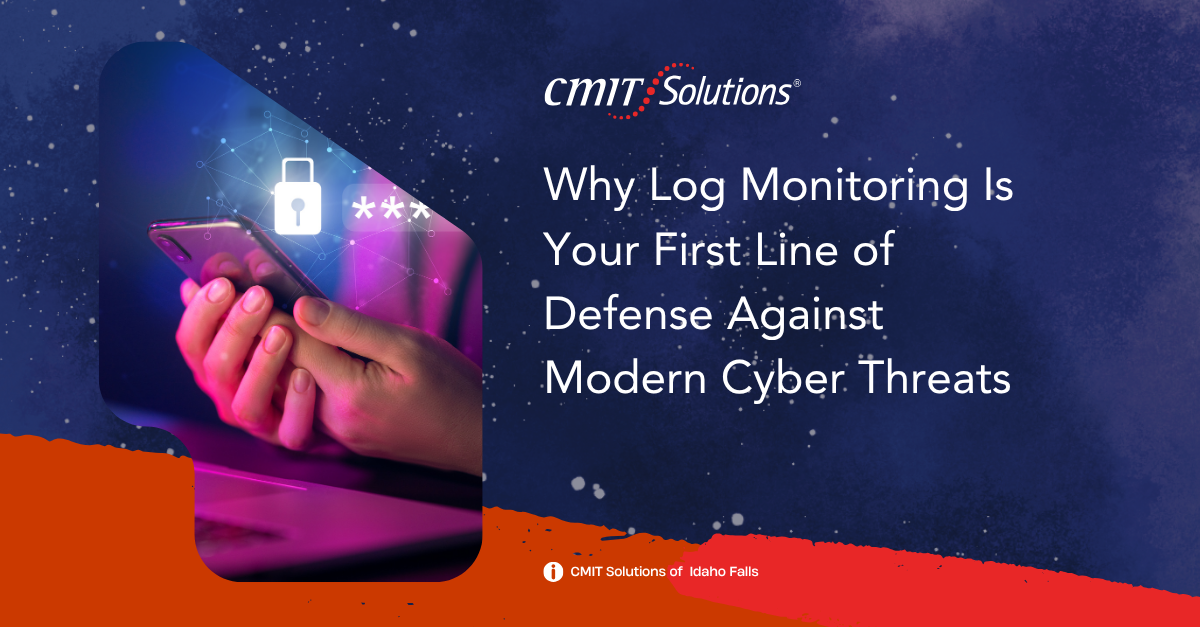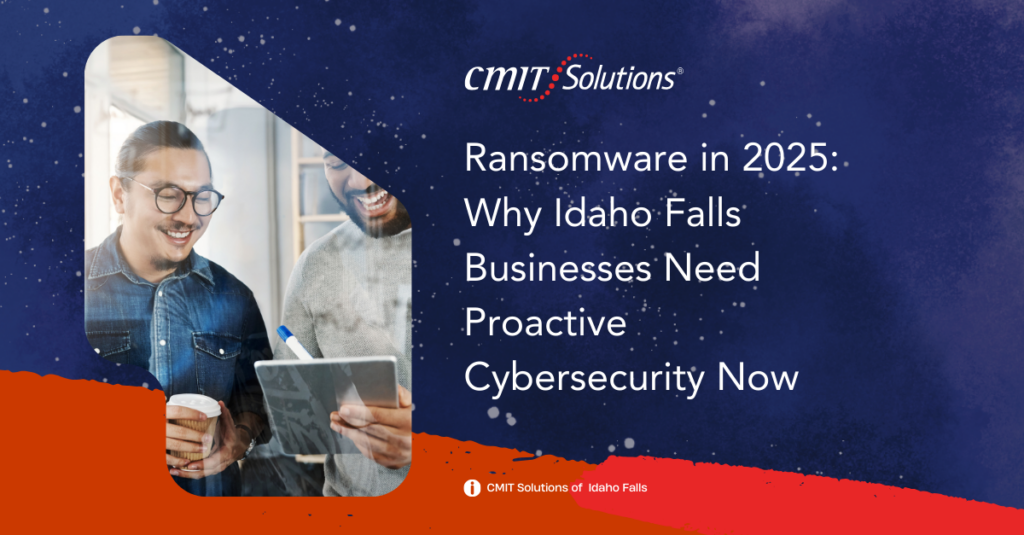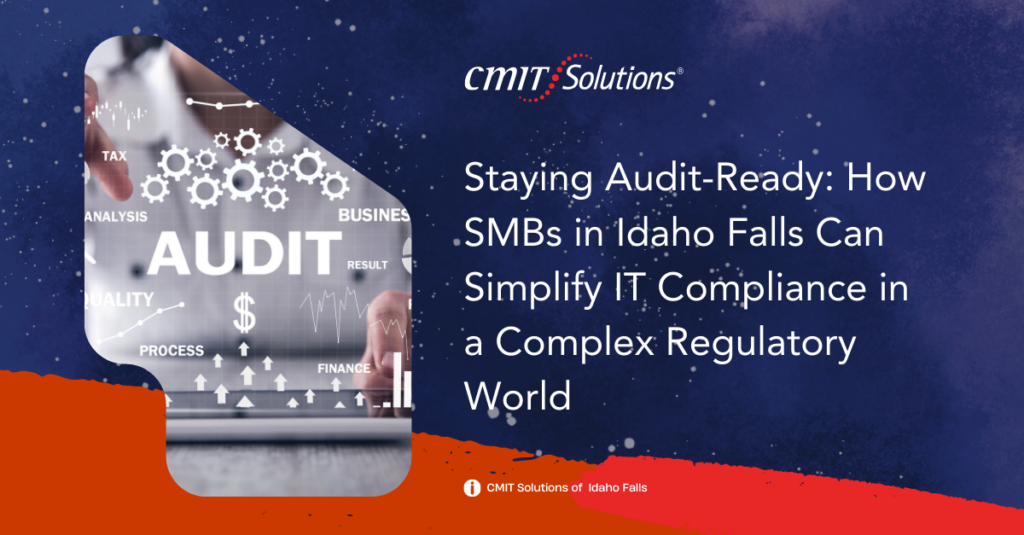Introduction
In an era where cyberattacks are increasingly stealthy, sophisticated, and swift, the traditional reactive approach to cybersecurity is no longer enough. Organizations need real-time visibility into their IT environments, and that starts with log monitoring. For small and midsize businesses (SMBs), log monitoring is one of the most effective and accessible tools for detecting unusual behavior, identifying threats early, and ensuring ongoing compliance.
This blog explains what log monitoring is, why it matters, and how SMBs can implement it as a first line of defense against modern cyber threats.
What Is Log Monitoring?
Log monitoring is the process of collecting, analyzing, and reviewing system-generated records (logs) from applications, devices, operating systems, and network infrastructure. These logs include information such as login attempts, file access, system errors, firewall activity, and user behavior.
By continuously monitoring these logs, businesses can:
- Detect anomalies in user activity
- Identify suspicious login patterns
- Catch unauthorized file transfers
- Monitor failed access attempts
- Audit system performance and stability
The Rising Threat Landscape
Cybercriminals no longer rely solely on brute-force attacks or spam emails. Today’s adversaries use sophisticated tactics like zero-day exploits, insider threats, and advanced persistent threats (APTs). These attacks often leave subtle traces—visible only through diligent log analysis.
In their review of ransomware in 2025, CMIT Solutions emphasizes how attacks evolve in silence before striking. With log monitoring in place, SMBs can recognize early indicators before damage is done.
The Cost of Ignoring Your Logs
Many organizations only review logs after a breach has occurred—often when it’s too late. Without proper log management, businesses risk:
- Delayed detection of intrusions
- Incomplete forensic investigations
- Missed compliance audits
- Undetected policy violations
Timely log monitoring enables faster incident response and reduces the overall impact of an attack.
Compliance and Regulatory Mandates
HIPAA, PCI-DSS, SOX, and other frameworks mandate that businesses log, retain, and monitor access to sensitive data. Failure to do so can result in fines, lawsuits, and reputational damage.
This guide on staying audit-ready illustrates how log monitoring plays a central role in maintaining visibility and demonstrating accountability.
Learn more about maintaining IT compliance with the help of proactive log tracking and reporting.
Integration with Other Security Layers
Log monitoring doesn’t operate in isolation—it’s part of a broader security ecosystem. When integrated with:
…it provides context that strengthens threat detection and response capabilities.
Common Sources of Log Data to Monitor
To maximize protection, SMBs should focus log monitoring efforts on:
- Firewalls and routers
- Operating systems (Windows, Linux, macOS)
- Antivirus and endpoint protection tools
- Email servers and authentication logs
- SaaS platforms and cloud dashboards
Combining these sources provides a holistic view of your IT environment.
Choosing the Right Log Monitoring Solution
Not all log monitoring tools are created equal. SMBs should look for solutions that offer:
- Real-time alerts and notifications
- Intuitive dashboards and visualizations
- Compliance-friendly log retention
- Integration with other security systems
MSPs like CMIT Solutions of Idaho Falls offer managed SIEM (Security Information and Event Management) services that streamline log collection, analysis, and incident response.
Proactive Maintenance and Strategic Planning
Log monitoring isn’t a set-it-and-forget-it task. It requires regular analysis, policy updates, and staff awareness. That’s why it’s a core component of strategic IT guidance and proactive maintenance plans.
Combined with regular patching, backups, and training, log visibility creates a security culture prepared for evolving threats.
Educating Your Staff on Log Insights
While automated tools play a critical role, your human team is still essential. Employees trained to understand basic log reports can quickly identify anomalies, report suspicious activity, and respond to alerts appropriately. Even non-technical staff should be aware of what constitutes suspicious behavior and why it matters.
Integrating cybersecurity education into onboarding and ongoing training ensures your organization benefits fully from log visibility.
Log Retention: Why Duration Matters
Not all breaches are discovered immediately—many threats linger undetected for weeks or months. That’s why it’s important to retain logs for extended periods. Regulatory bodies often require businesses to store logs for 6 to 24 months, depending on industry and data sensitivity.
Longer retention allows:
- Deeper forensic analysis after an incident
- Compliance with audit trails
- Correlation of activity across systems over time
Log Monitoring in Remote and Hybrid Environments
As remote work expands, so does the attack surface. Laptops, mobile devices, and cloud applications all generate logs—many outside the physical office firewall. Monitoring these remote endpoints is critical to maintaining control over the entire IT landscape.
MSPs offer remote endpoint monitoring and policy enforcement tools to ensure consistent protection across on-site and virtual environments.
Automating Log Analysis with AI
Artificial intelligence and machine learning can enhance log monitoring by spotting trends and anomalies that human analysts might miss. Automated threat detection reduces alert fatigue and improves response time.
AI-driven log analysis tools can:
- Correlate events from multiple sources
- Recognize subtle behavior deviations
- Prioritize alerts based on risk level
This level of automation helps SMBs stay ahead of sophisticated threats without overwhelming internal resources.
Final Thoughts: Log Monitoring as a Business Enabler
Far from being just a technical task, log monitoring is a business enabler. It helps companies build resilience, improve customer trust, and meet growing compliance demands—all while reducing the risk of downtime and disruption.
With the right partner, like CMIT Solutions of Idaho Falls, your SMB can turn log data into actionable intelligence and strengthen your overall cyber defense strategy.
Start monitoring smarter—before a silent threat turns into a costly breach.






